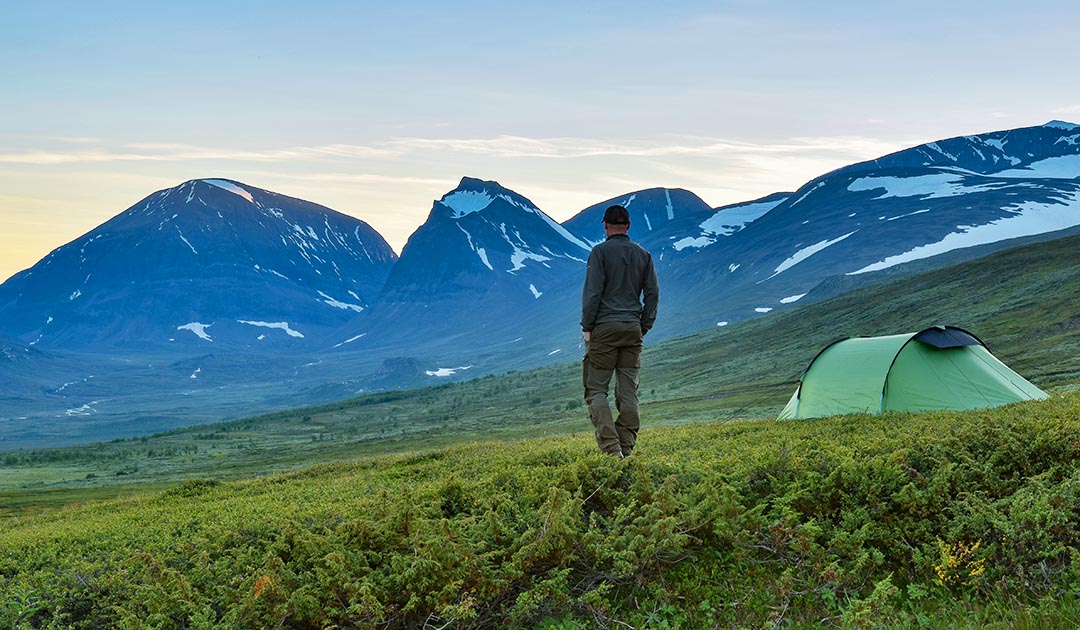Why are Kebnekaise Mountains So Prominent?
Unveiling the Majesty: Exploring the Intriguing Prominence of Kebnekaise Mountains!
Kebnekaise Mountains

Nestled within the rugged landscapes of Swedish Lapland, the Kebnekaise Mountains rise majestically, commanding attention with their towering peaks and dramatic beauty. As the highest mountains in Sweden, the Kebnekaise Mountains hold a prominent place in the hearts and minds of adventurers and nature enthusiasts alike. But what sets these iconic peaks apart from others in the Scandinavian mountain range? In this comprehensive exploration, we unravel the mysteries behind the prominence of the Kebnekaise, delving into their geological, cultural, and environmental significance.
Geological Formation: Shaping the Landscape
The geological origins of the Kebnekaise Mountains trace back millions of years, to a time when tectonic forces sculpted the Earth’s surface. The Scandinavian mountain range, of which the Kebnekaise massif is a part, was formed through a series of geological processes, including the collision of tectonic plates and the uplifting of ancient rock layers. Over time, erosion and glaciation further shaped the landscape, carving out deep valleys and rugged peaks that define the region’s dramatic beauty.
The Highest Peak: Glacial Dynamics
One of the most striking features of the Kebnekaise Mountains is their status as the highest peaks in Sweden. The southern peak, which was once crowned as the highest point in the country, has been overshadowed by its northern counterpart in recent years. This shift in prominence is attributed to the effects of climate change, specifically the melting of glaciers on the southern peak. As temperatures rise, glaciers retreat, leading to a decrease in elevation and a shift in the highest point of the mountain massif.
Cultural Significance: Sami Heritage
Beyond their geological prominence, the Kebnekaise Mountains hold cultural significance for the indigenous Sami people of Swedish Lapland. For centuries, the Sami have inhabited the Arctic regions of Scandinavia, relying on the land for sustenance, shelter, and spiritual connection. The mountains have long been an integral part of Sami culture, serving as hunting grounds, reindeer pastures, and routes for seasonal migrations. Today, the Sami continue to maintain their traditional way of life, preserving their cultural heritage and connection to the land.
Biodiversity Hotspot: Unique Ecosystems
The Kebnekaise Mountains are not only a geological marvel but also a biodiversity hotspot, supporting a wide range of plant and animal species. From ancient forests of birch and pine to alpine meadows teeming with wildflowers, the region’s diverse ecosystems provide habitat for a variety of wildlife, including reindeer, arctic foxes, and golden eagles. Despite the harsh climate and rugged terrain, life thrives in the shadow of the towering peaks, showcasing the resilience and adaptability of nature.
Outdoor Recreation: Adventure Awaits
For outdoor enthusiasts, the Kebnekaise Mountains offer a playground of adventure and exploration. Hiking trails wind their way through pristine wilderness, offering breathtaking views of glaciated valleys, crystal-clear lakes, and snow-capped peaks. During the winter months, the region transforms into a winter wonderland, with opportunities for skiing, snowshoeing, and dog sledding amidst the snowy landscape. Whether seeking adrenaline-fueled thrills or serene moments of solitude, the Kebnekaise beckon adventurers of all ages and abilities. Just as we know Why are Ortler Mountains So Prominent?
Conservation Challenges: Protecting the Future
Despite their prominence and beauty, the Kebnekaise Mountains face numerous conservation challenges in the 21st century. Climate change poses a significant threat to the region, with rising temperatures leading to the melting of glaciers and changes in the distribution of plant and animal species. Additionally, increasing tourism and outdoor recreation activities place pressure on fragile ecosystems, leading to habitat destruction and disturbance of wildlife. Efforts to mitigate these impacts and protect the future of the Kebnekaise Mountains are essential to ensuring that future generations can continue to enjoy and appreciate their natural beauty.
Conclusion:
As we conclude our exploration of the prominence of the Kebnekaise Mountains, we are left with a profound appreciation for the geological, cultural, and environmental significance of these iconic peaks. From their towering summits to their rich biodiversity and cultural heritage, the Kebnekaise stand as a testament to the enduring power of nature and the human spirit of exploration and conservation. As we continue to navigate the challenges of the 21st century, let us work together to protect and preserve these majestic mountains for generations to come.
Know More about Kebnekaise Mountains.
What Are The Tourist Places Nearest to Kebnekaise Mountains?
When Were Kebnekaise Mountains Formed?
Where Are Kebnekaise Mountains Located?
Who Discovered Kebnekaise Mountains?
How to Reach Kebnekaise Mountains?




